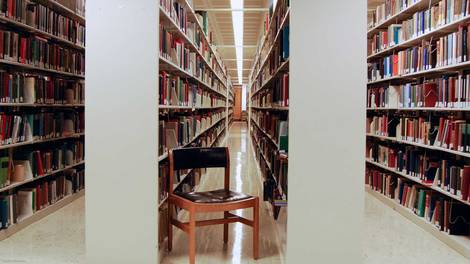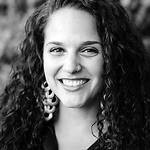
Special Issue
CRASE
Bright Future or Cautionary Tale? How the Bay Area Shapes the Future of the U.S.
Realizing the Promise and Potential of Free City

The insurmountable cost of college has been attributed as a key cause of impeded access for students from marginalized backgrounds. Free higher education has been touted as a necessary panacea to solving the nation’s access issues and a new program through City College offers such an opportunity for San Francisco residents. Free City promises eligible students coverage of their college fees (tuition is already free) and a stipend to help with the costs of books. In so doing, San Francisco joins a number of cities and states across the country that are working to provide cost-free community college options for students and target support towards the most financially needy. While well intentioned, the effort cannot be framed as a silver bullet to addressing inequity in educational outcomes for marginalized students.
As a last-dollar scholarship, the city covers the fee costs not otherwise paid for by federal and state financial aid programs. Thus, low-income students who would likely have the majority of their costs covered by financial aid anyway receive a more minimal subsidy, with the city’s funding most benefiting those from higher-income backgrounds who qualify for less from financial aid. The additional funds to cover students’ books are not nearly enough to offset other costs accrued by students, such as transportation, rent, childcare, or healthcare copays. For lower-income students, paying for these necessities determine if, how, and when they will be able to attend school and re-enroll, a burden not necessarily carried as heavily by their higher-income counterparts.
Additionally, as the program requires students be California residents and live in San Francisco, it does not account for the thousands of people who have been priced out and pushed out of San Francisco into the greater Bay Area and would not be eligible for the program’s benefits. Even individuals who attend San Francisco’s high schools but can no longer afford to live in the city are not eligible, driving a difference between the city’s policies and its most disserved residents.
It is problematic to espouse a commitment to the city’s most marginalized students when those from higher income backgrounds are positioned to mostly benefit from the program’s implementation.
Further, access cannot be simplified to just enrollment and free tuition and fees cannot be seen as the answer to all of higher education’s woes. Student access to community colleges is barred by numerous barriers such as cumbersome admissions processes, lack of sufficient admissions counselors, and unavailability of courses. Further, access to enrollment alone is insufficient. Free City must espouse and enact a simultaneous commitment to the continued enrollment of students to their educational aspirations. This too cannot just be addressed by free tuition and fees. Research has shown that students will drop out due to challenges posed by institutional barriers aside from costs.
The city needs to better work with the community to achieve the promise of Free City and expand what it can accomplish.
First, San Francisco can offer some reconciliation for the forced exodus of its residents out of the city, largely of working class and people of color, and offer them the Free City promise as well. By expanding eligibility requirements to those who have been forced out of San Francisco, the city will work to address the promise of a democratic society it seeks through Free City, and help amend for the ways its own policies and practices have allowed for the mass displacement of San Francisco’s residents.
Second, to ensure lower-income students can best benefit from Free City, expand the definition of educational costs that can be supported through the funding. Offer support for other cost considerations that are determinant of if and how students will be able to afford college and that are not considered under federal and state financial aid calculations. Additionally, the city can help lead the way to advocate at the state and federal policy levels for expanded considerations of educational costs
Third, invest in success pathways. Support CCSF to expand and strengthen its connections with industry for students completing vocational degrees to deepen the integration of course learning with industry application and provide greater promise of post-degree employment opportunities. The city can also support transfer pathways between CCSF and universities in the city by pulling together city-wide meetings across all institutions and providing incentives for transfer partnerships for students to successfully transfer to a four-year institution as efficiently as possible.
California has an opportunity to lead the nation and move forward in addressing the educational disinvestment that has contributed to opportunity gaps in our state. Expanding Free City provides an opportunity to meet this call in deeper ways and amend for the inequities that shape the educational experiences of our students.
 Desiree D. Zerquera, Ph.D., is an Assistant Professor in the School of Education’s Higher Education and Student Affairs program and Organization and Leadership program. Her work as an engaged scholar centers on addressing inequities in higher education for marginalized students.
Desiree D. Zerquera, Ph.D., is an Assistant Professor in the School of Education’s Higher Education and Student Affairs program and Organization and Leadership program. Her work as an engaged scholar centers on addressing inequities in higher education for marginalized students.